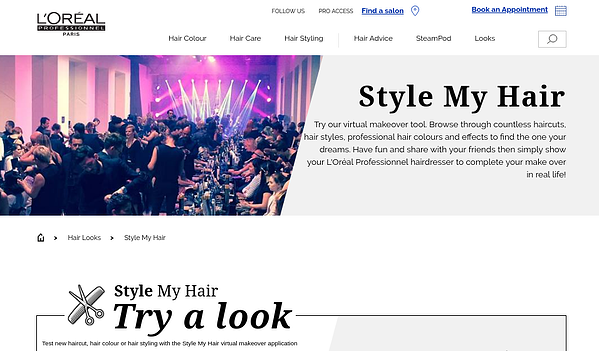How Benefit Segmentation Will Take Your Marketing Campaigns to the Next Level

By cfontanella@hubspot.com (Clint Fontanella)
If you’re a fan of HubSpot’s Inbound Marketing Methodology, you probably understand the importance of customer success. In fact, 70% of businesses with growing revenue prioritize customer success as “very important.” So, if you want your business to succeed you must make sure your customers do, too.
By doing so, you can stack the odds in your favor, ensuring the leads you’re passing to your sales team are a good fit for your business through benefit segmentation. In this post, we’ll go over what benefit segmentation is, why you should use it, and where it can be seen in the real world.
How does benefit segmentation work?
Since different customers will seek different benefits from your product, marketers need to put them in designated categories. To start, marketers list all of the benefits a customer may receive from using the product. This could be something like specific features, product quality, price, or top-tier customer support. From there, they can categorize customers based on the values and benefits they seek, with customers able to be placed into multiple categories.
Segmentation can also be based on other criteria, like customer behavior or demographics.. For example, you may put those who are brand loyal in one category, and who are more price-conscious in another.
Why should you do benefit segmentation?
Benefit segmentation will help you gain a better understanding of the different needs of your customer base in addition to the following:
1. Benefit segmentation makes it easier for sales reps to convert leads into customers.
That’s because your marketing campaigns will attract customers who are better suited for your product or service. Since the campaigns are targeted to the people who need your business the most, your sales team should have an easier time closing deals.
2. Marketers and salespeople can use benefit segmentation to engage customers.
By identifying the key value that your business provides, your team will create more compelling marketing campaigns and sales pitches. They’ll know exactly how to differentiate your product or service to make it attractive to your target audience.
3. Benefit segmentation improves customer retention.
Converting leads that are a good fit for your organization will decrease your churn rate over time. Customers will be happy your product or service is fulfilling their needs and will be less likely to shop with your competitors.
Now that we understand what benefit segmentation is and why you should use it, let’s take a look at some real examples where this marketing technique helped businesses attract and close leads.
4. Benefit Segmentation aids brand positioning.
With the data benefit segmentation provides, marketers can use this information to their advantage when it comes to brand positioning. Once each customer segment is identified with corresponding benefits, marketers can create a brand position that aligns with the data findings. Benefit segmentation can also help you identify gaps in what your product offers vs. what customers want, which can serve as an impetus …read more
Source:: HubSpot Blog









